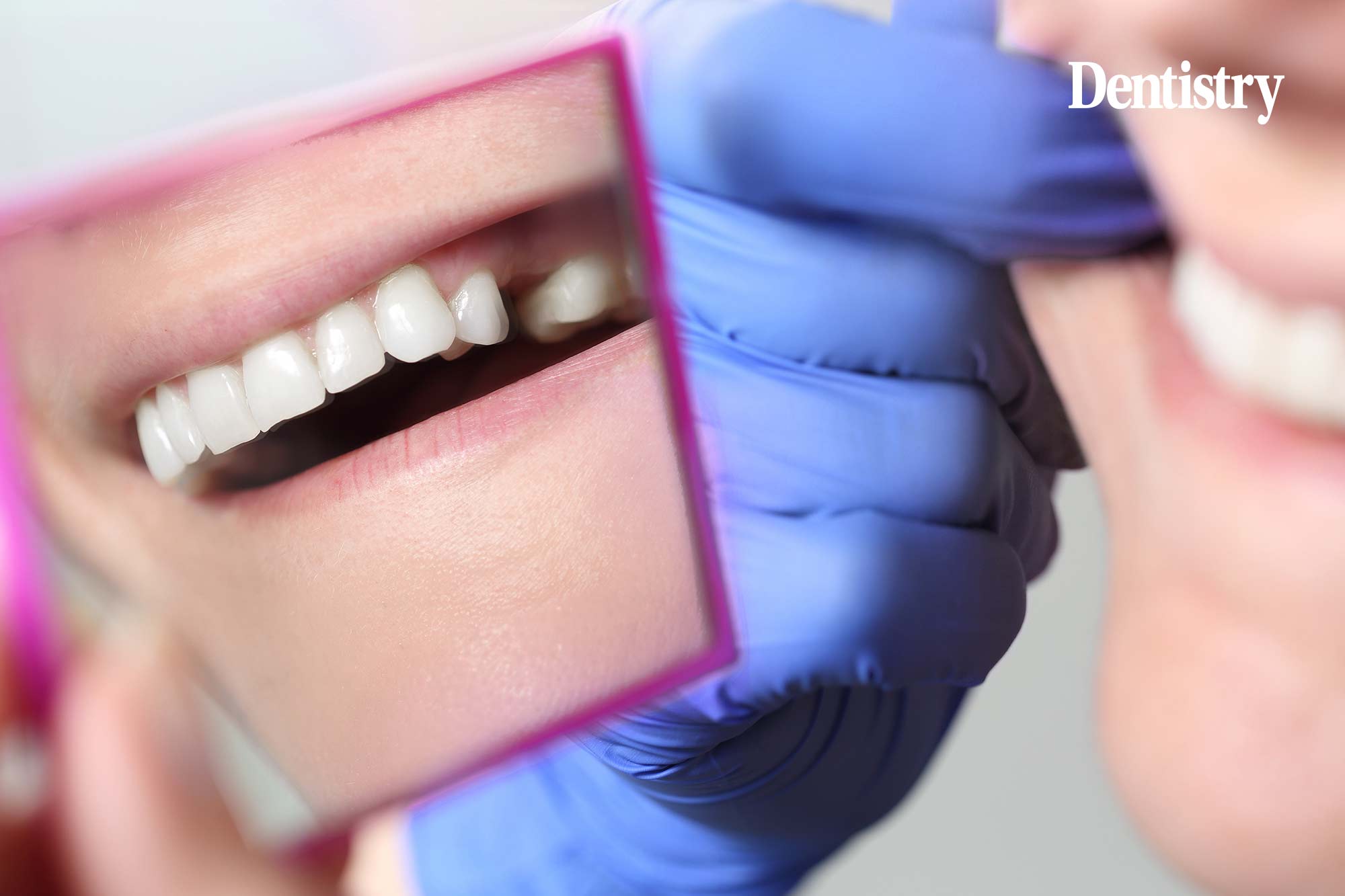
Extracting the wrong tooth is more common than you think, says Paul Lambden – don’t let it happen to you.
It’s surprisingly common for dentists to extract the wrong tooth during a course of treatment. This causes considerable difficulties for the dentist, who normally has no credible explanation to give, and distress for the patient who, after the trauma of an extraction, still has to have the correct tooth removed.
A complaint is inevitable, and in the majority of cases, a claim arises. For the indemnity organisation, there is no defence. It is normally just a case of settling the matter.
It may be expensive, including payment for the tooth loss and usually the replacement with an implant, to be replaced on a fifteen-year cycle. With the claimant’s legal expenses and any defence costs, the result is a significant five-figure bill.
Why wrong extractions occur
There are a variety of stated reasons. Apart from the rather trivial ‘I was rushed’ or ‘my memory let me down’, the common reasons include:
- Miscommunication between two dentists
- Miscommunication between the patient and the dentist
- Misunderstanding between the dentist and an orthodontist
- The presence of multiple grossly decayed teeth
- The presence of multiple teeth planned for extraction
- Heavy workload and distraction.
Avoiding wrong extractions
There can really be no justification for the wrong tooth being extracted. It should never happen. In order to minimise any risk, it is important to follow a few basic principles:
- Never treat the patient as ‘just an extraction’. For the patient, it may be traumatic and distressing, and the removal of a tooth is permanent. You only get one chance. Do not treat it casually
- Don’t rush or rely on your memory. Check the record carefully and check with the patient
- Ensure that you have an up-to-date radiograph of the tooth to be extracted. Check it again prior to extraction. If you have no radiograph, you are likely to be seriously criticised
- Ensure you have a valid consent. Make sure you and the patient absolutely agree on the procedure and that all risks, benefits, consequences and options are fully explained
- If there is any doubt about the tooth to be removed during the appointment, do not extract
- Take particular care if the tooth to be extracted has been charted by another dentist. Be absolutely satisfied that the charting is correct
- If the extractions are for orthodontic purposes, check very carefully. If there is any doubt at all about the validity of the charting, don’t proceed. Speak with the orthodontist and be sure you are absolutely clear about the treatment required
- Beware the lower second molar. Sometimes, when there are two standing molars, one dentist may chart them as six and seven, while another may chart the same teeth as seven and eight. A request to remove a seven can therefore easily lead to an error.
Remember – check twice, extract once
Extracting the wrong tooth can cause distress for the dentist and patient and may lead to ongoing problems for the patient over a long period.
Carpenters, when sawing wood, always measure twice and cut once. For the dentist, it should always be: check twice, extract once.
Densura is a bespoke scheme that offers professional indemnity, public and product liability, and legal expenses insurance coverage for GDC and criminal prosecutions. It offers cover that protects dental professionals even after they cease practising, covers vicarious liability, and is provided by people with your interests at heart.
Visit www.densura.com for more information or to request a call back.


